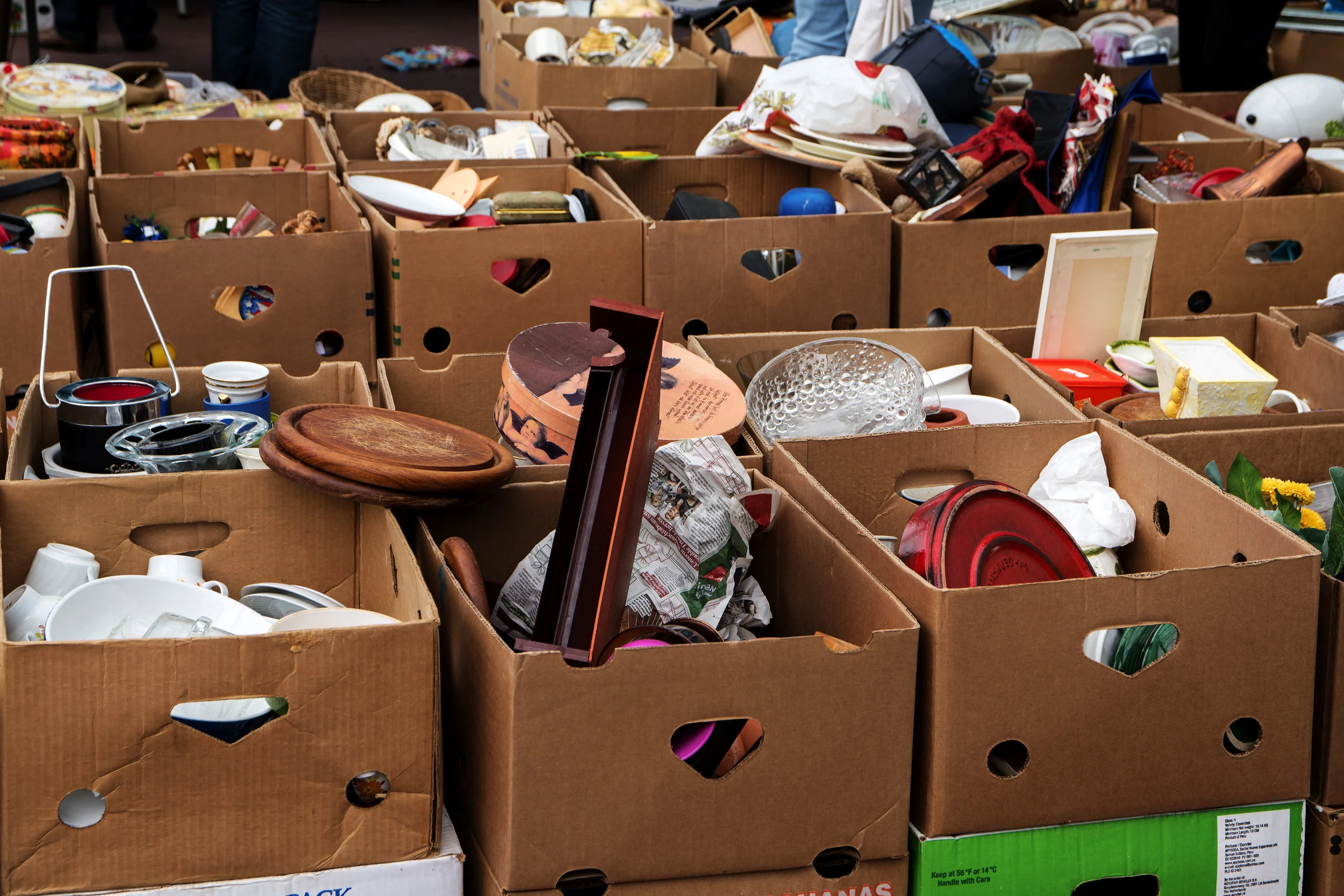Since our last article, hopefully, you’ve answered the “WHY” of starting a new venture into business. Perhaps it’s the extra money, the passion, or just to give something new a try - whatever the reason, make sure it’s the right one, and stick to it. Continually changing your mind about why you’re doing something, means you probably still don’t truly know why you’re doing it.
The next steps in the process are a little more structured, but just as important as the first ones. Now that you know why, the next question is “HOW?”. How am I going to do what I want to do, in order to get to where I want to get to?!
Task Three : Put your Plan on Paper (PyPoP for short)
For this task, let’s use a simple example of a business someone might want to start. We are going to start really small - let’s say you want to hunt tag sales for old treasures, clean them up, and resell them. Before we get into an actual written Business Plan, let’s consider some of the basic answers you’ll want to get down on paper, and some questions that will guide you in your consideration of the overall profit potential of the project.
Product Acquisition - How am I going to acquire my products for resale? On average, how many tag sales are within 25 miles of me on a given weekend? How many other sources of products are there - such as ads online, local listings, newspaper sales? What types of products will I be looking for specifically - toys, art, collectibles, furniture, car parts, etc? Do I know enough about these products to process them effectively for a profit? If not, where can I learn more?
Costs & Funding - When I find something to purchase, where will the cash come from? How will I keep track and record all my purchases and sales (more on this in the future)? What will I spend every month if I drive 57 miles to different tag sales every other weekend? What will my business startup costs be - fees, licenses, etc? What do I want to pay myself, what are my goals for profit? What will my supply cost be to repair and/or restore the items I buy to a more valuable or desirable condition?
Operational Guidelines - How many hours do I want to spend doing this each week? How much can I afford to sacrifice for it? How far am I willing to drive to obtain products? Will I look to anyone else for their expertise or help in acquiring or selling products? Who? Do I have an overall mission I want to accomplish that I can put on paper to guide me? Can I afford to hold product for long periods of time to let them appreciate or hold out for a higher price? Where am I going to store my product while it waits to be sold?
Product Sale - Where am I going to sell my products? How am I going to advertise what I have for sale? What are the costs of the associated outlet for selling - fees, commissions, etc.? Will I be a purely online outlet, or do I advertise in the local area as well?
Market Research - While we will develop this more in the future, you should have at least a basic understanding of your market, competition, availability of product, seasonal challenges and changes that need to be accounted for in terms of your operation.
Make sure to not only answer these questions, but to calculate your specific costs of taking in product and selling product to ensure that you can make a profit over time. It’s important to note that while you may be able to make a pure profit on the specific items you sell, once you calculate your time, gas, supplies, business support software, etc, you may see that over time you will ultimately lose money, or at least a lot of time. So plan conservatively now, and adjust as you go for the best results!
Now, these are some general guidelines for a retail type business, but service type businesses are no different. In those cases, you have to value your time properly to understand exactly what you are spending and what you are taking in to determine if you have a profit!
Next time, we’ll go into some of the logistics of setting up your business at a state and federal level!



